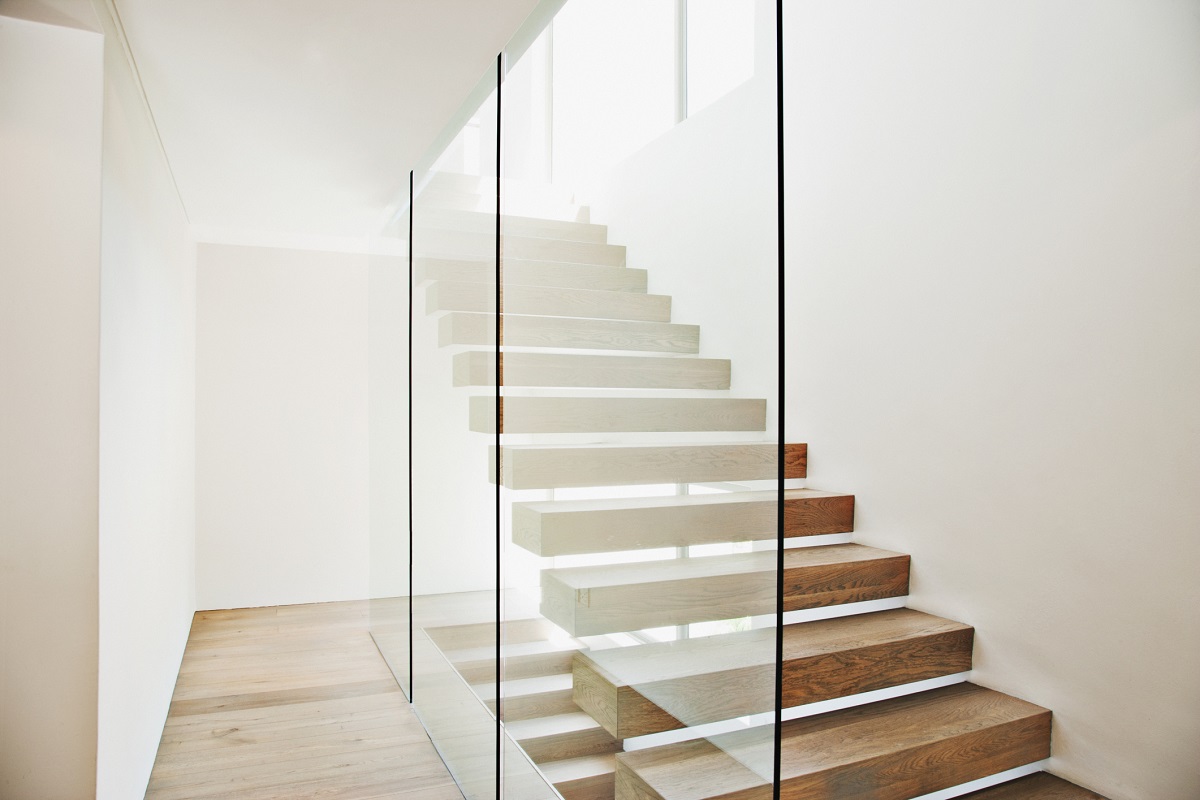

Articles
What Is Code For Stairs
Modified: February 23, 2024
Looking for articles on code for stairs? Discover everything you need to know about the best practices, regulations, and design considerations for building safe and compliant staircases.
(Many of the links in this article redirect to a specific reviewed product. Your purchase of these products through affiliate links helps to generate commission for Storables.com, at no extra cost. Learn more)
Introduction
In the world of architecture and construction, stairs play a crucial role in providing access between different levels of a building. However, what many people may not realize is that there is a whole world of coding involved in designing and constructing stairs. Code for stairs refers to the set of rules and regulations that dictate the dimensions, materials, and safety requirements of staircases.
The importance of code for stairs cannot be overstated. These codes are in place to ensure the safety and usability of the stairs, protecting the occupants of a building from potential hazards. By following these codes, architects and builders can create staircases that meet the highest standards for functionality, durability, and safety.
There are several common coding languages that are used for stair design and construction. These coding languages provide a standardized framework for creating stairs that meet the required specifications. In this article, we will explore the basic concepts of coding for stairs and provide a step-by-step guide to help you understand the process of coding a staircase.
Before we delve into the nitty-gritty of coding for stairs, it is important to have a solid understanding of the basic concepts involved. This includes knowledge of the different types of stairs, the required dimensions and clearances, the materials used, and the safety features that need to be incorporated. Armed with this knowledge, you will be better equipped to navigate the intricacies of coding for stairs.
In the following sections, we will provide a detailed analysis of the different coding languages used for stairs, the fundamental concepts, and best practices to ensure compliance with building codes. We will also discuss common troubleshooting issues that may arise during the coding process and explore future trends in coding for stairs.
So fasten your seatbelts and get ready to dive into the world of code for stairs, where precision and attention to detail are the keys to creating safe and functional staircases.
Key Takeaways:
- Safety, Accessibility, and Durability
Understanding and adhering to the codes for stairs is crucial for ensuring the safety, accessibility, and durability of staircases, protecting occupants and meeting legal compliance standards. - Future Trends and Best Practices
Staying updated with evolving codes, embracing future trends, and following best practices are essential for creating innovative, sustainable, and user-centric stair designs that meet the evolving needs of society.
Read more: What Is Tread On Stairs
Importance of Code for Stairs
The significance of code for stairs cannot be underestimated when it comes to the design and construction of staircases in buildings. These codes serve as a set of guidelines that ensure the safety, usability, and durability of stairs. Let’s explore why code for stairs is so important:
- Safety: The primary concern when designing stairs is the safety of the building’s occupants. Stair codes specify the minimum dimensions, surfaces, and clearances required to minimize the risk of accidents. This includes guidelines for tread width, riser height, handrail height, and the presence of safety features like non-slip surfaces and handrails.
- Accessibility: Codes for stairs also address the accessibility needs of individuals with disabilities. They require the inclusion of features such as ramps, handrails, and visual indicators for people with mobility issues. These provisions ensure that everyone can safely navigate stairs and have equal access to various levels of a building.
- Durability: Stairs are subject to heavy usage and wear over time. Code for stairs specifies the materials, construction methods, and load-bearing requirements necessary to ensure the durability and longevity of staircases. By following these codes, architects and builders can create stairs that can withstand regular use for years to come.
- Insurance and Legal Compliance: Building codes are enforced by local authorities and are often required for obtaining building permits and insurance coverage. Failure to comply with stair codes may result in legal ramifications, costly penalties, or even the closure of non-compliant buildings. By adhering to code for stairs, architects, builders, and property owners can avoid potential legal issues and ensure their structures meet the necessary standards.
- Uniformity and Consistency: Stair codes promote uniformity and consistency in staircase design across different buildings and jurisdictions. They establish a standardized framework that ensures staircases are built to similar specifications, regardless of where they are located. This creates familiarity and predictability for individuals using the stairs, enhancing their overall safety and efficiency.
In summary, code for stairs is essential to ensure the safety, accessibility, durability, legal compliance, and uniformity of staircases in buildings. By adhering to these codes, architects and builders can create stairs that are not only functional and secure but also meet the highest standards in the industry.
Common Coding Languages for Stairs
When it comes to coding for stairs, there are several common coding languages that architects and builders rely on to ensure compliance with building codes. These coding languages provide a standardized framework for designing and constructing staircases. Let’s explore some of the most widely used coding languages in the industry:
- International Building Codes (IBC): The International Building Code is one of the most widely adopted set of codes for stair design and construction. It provides comprehensive guidelines for various aspects of building design, including stairs. The IBC covers dimensions, materials, handrail specifications, and other safety requirements for stairs. It is commonly used in the United States and many other countries around the world.
- National Building Code (NBC): The National Building Code is the primary regulatory document for the construction industry in Canada. It encompasses guidelines for stair design and construction, including dimensions, materials, clearances, and safety features. The NBC ensures that stairs in Canada meet the required standards of safety and functionality.
- British Standards (BS): In the United Kingdom, stair design and construction are governed by the British Standards. These standards include guidelines for staircase dimensions, materials, durability, and safety features. The BS codes ensure that stairs in the UK are built to meet the necessary standards of quality and safety.
- Australian Building Codes (ABC): Australia has its own set of building codes that outline the requirements for stair design and construction. The Australian Building Codes include guidelines for dimensions, clearances, materials, and safety features of stairs. These codes ensure that stairs in Australia are built to comply with the country’s strict regulations.
- European Norms (EN): The European Norms are a set of standards that apply across European Union member states. These norms include guidelines for various aspects of stair design and construction, including dimensions, materials, clearances, and safety features. The EN codes ensure that stairs in European countries meet the necessary standards for safety and functionality.
It is important to note that these are just a few examples of the common coding languages used for stairs. Different regions and countries may have their own specific codes and regulations governing stair design and construction. It is crucial for architects and builders to familiarize themselves with the applicable codes in their respective jurisdictions to ensure compliance with local requirements.
By understanding and implementing the relevant coding languages for stairs, architects and builders can create staircases that adhere to the required standards of safety, usability, and durability.
Basic Concepts of Coding for Stairs
When it comes to coding for stairs, there are some fundamental concepts that architects and builders should be familiar with. These concepts form the building blocks for designing and constructing staircases that meet the required standards. Let’s explore some of these basic concepts:
- Stair Types: There are different types of stairs, including straight stairs, L-shaped stairs, U-shaped stairs, spiral stairs, and more. Each type has its own design considerations and requirements. It is essential to understand the characteristics and limitations of each stair type to ensure proper coding.
- Dimensions: The dimensions of a staircase play a crucial role in its safety and functionality. This includes the tread width, riser height, and the overall dimensions of the stairwell. Codes specify minimum and maximum dimensions to ensure that stairs are comfortable and safe to use.
- Materials: The choice of materials for stairs is important for both aesthetic and functional reasons. Codes often stipulate the minimum material strength, slip resistance, and fire resistance requirements. Common materials used for stairs include wood, metal, concrete, and glass.
- Clearances: Clearances refer to the space requirements around and above the stairs. This includes the headroom clearance, where there must be sufficient height for a person to comfortably walk up or down the stairs. Proper clearances ensure that people can navigate the stairs without any obstructions or safety hazards.
- Handrails and Guardrails: Handrails and guardrails are crucial safety features in stair design. They provide support and prevent falls. Codes specify the height, width, and location of handrails and guardrails to ensure proper safety standards are met.
- Lighting and Visibility: Adequate lighting and visibility are essential for safe stair usage. Codes may include requirements for lighting levels, both natural and artificial, to ensure that stairs are well-lit. Additionally, codes may stipulate the use of contrasting colors and non-slip surfaces to enhance visibility and reduce the risk of accidents.
These are just a few of the many basic concepts involved in coding for stairs. It is important to study and understand the specific requirements and guidelines outlined in the applicable building codes for your region or country. By grasping these fundamental concepts, architects and builders can ensure that staircases are designed and constructed in compliance with the necessary standards of safety, usability, and functionality.
Step-by-Step Guide to Coding a Staircase
When coding a staircase, it is essential to follow a systematic approach to ensure compliance with building codes and create a safe and functional design. Here is a step-by-step guide to help you navigate the process of coding a staircase:
- Familiarize yourself with the codes: Start by studying and understanding the relevant building codes and regulations for stair design and construction in your area. This includes becoming familiar with the specific dimensions, materials, clearances, and safety features required for stairs.
- Identify the stair type: Determine the type of staircase you will be working with, such as straight stairs, L-shaped stairs, or spiral stairs. Each type has its own set of design considerations and requirements that need to be taken into account.
- Calculate dimensions: Calculate the dimension requirements for the stairs based on the chosen stair type and local codes. This includes determining the proper tread width, riser height, and overall dimensions of the stairwell. Ensure that the dimensions meet the minimum and maximum requirements specified in the codes.
- Select suitable materials: Choose appropriate materials for the stairs that meet the strength, durability, and safety requirements outlined in the codes. Consider factors such as slip resistance, fire resistance, and maintenance when selecting the materials.
- Incorporate handrails and guardrails: Design and incorporate handrails and guardrails into the staircase to enhance safety. Follow the codes’ specifications regarding their height, width, and location. Ensure that the handrails provide proper support and the guardrails prevent falls.
- Address clearances and visibility: Ensure that the staircase has adequate clearances, including headroom clearance, to allow for comfortable and safe movement. Consider lighting levels, both natural and artificial, to provide proper visibility on the stairs. Use contrasting colors and non-slip surfaces to enhance visibility and reduce accidents.
- Review and revise the design: Once you have developed a preliminary design, carefully review and revise it to ensure that it complies with all the necessary codes and regulations. Double-check all dimensions, materials, clearances, and safety features to confirm compliance.
- Consult with experts: It is always beneficial to seek input and advice from professionals experienced in stair design and construction. They can provide valuable insights and help ensure that your design meets all the required standards and regulations.
By following this step-by-step guide, architects and builders can effectively code a staircase that adheres to the necessary standards of safety, functionality, and compliance with building codes. Remember, precision and attention to detail are crucial at every stage of the process to create a staircase that is both aesthetically pleasing and reliably safe.
When coding stairs, consider using a loop to repeat the code for each step, and use variables to easily adjust the height and width of the stairs. This can make the code more efficient and flexible.
Read more: What Is The Angle Of Stairs
Best Practices for Coding Stairs
When it comes to coding for stairs, it is important to follow best practices to ensure that staircases are safe, functional, and compliant with building codes. Here are some best practices to keep in mind when coding stairs:
- Stay up to date with codes: Building codes and regulations are constantly evolving. Stay informed and up to date with the latest codes relevant to stair design and construction in your area. Regularly review and familiarize yourself with any updates or changes to ensure that your designs comply with the most current standards.
- Consider user experience: Put yourself in the shoes of the individuals who will use the stairs. Design staircases with the user experience in mind, considering factors such as comfort, ease of use, and accessibility for all individuals, including those with disabilities or mobility challenges.
- Emphasize safety features: Prioritize safety when coding stairs. Incorporate essential safety features such as handrails, guardrails, and non-slip surfaces at all times. Ensure that these features meet the required specifications and are positioned correctly to provide maximum protection for users.
- Allow for efficient circulation: Stairs should allow for smooth and efficient flow of people between different levels of a building. Consider factors such as adequate width, proper placement and spacing of treads and risers, and well-designed landing areas to ensure ease of movement and minimize congestion.
- Use quality materials: Choose high-quality materials that meet the necessary strength, durability, and safety requirements. Opt for materials that are resistant to wear and tear, provide sufficient grip, and are compatible with the overall design and aesthetics of the building.
- Collaborate with other professionals: Consider collaborating with architects, engineers, interior designers, and builders who specialize in stair design and construction. Their expertise can help you create more effective and compliant stair designs. Collaboration ensures that all aspects of the staircase, from structural considerations to aesthetics, are carefully considered and integrated into the final design.
- Regular inspections and maintenance: Once the stairs are constructed, conduct regular inspections to ensure that they remain in compliance with the codes. Regular maintenance, such as addressing any signs of wear and tear, repairing loose handrails, and replacing worn-out treads, is essential to keep the stairs safe and functional over time.
By following these best practices, architects and builders can create stairs that are not only compliant with codes and regulations but also prioritize safety, functionality, and user experience. Remember, codes are meant to be a minimum standard, and striving for excellence in design and construction will result in staircases that stand the test of time and provide a positive user experience.
Troubleshooting Common Issues in Stair Code
While coding stairs, it is not uncommon to encounter certain issues or challenges that require troubleshooting to ensure compliance with building codes. Here are some common issues that may arise during the coding process and tips to address them:
- Inadequate headroom: One common issue is insufficient headroom clearance, which can make the stairs feel cramped and uncomfortable. To address this, consider adjusting the height of the stairwell, altering the design of the upper floor, or exploring alternative stair types that require less headroom while still meeting building codes.
- Inconsistent riser heights: Uneven riser heights can lead to tripping hazards and an uncomfortable user experience. Troubleshoot this issue by ensuring consistency in riser heights throughout the staircase. Check your calculations and measurements carefully to avoid variations in riser heights and adjust accordingly to meet code requirements.
- Inadequate tread width: Insufficient tread width can make it difficult to navigate the stairs comfortably and safely. If you find that the tread width is too narrow, consider reevaluating the dimensions and adjusting them to comply with the minimum requirements outlined in the building codes.
- Improper handrail installation: Handrails are essential safety features in stair design. If the handrails are not installed correctly or do not meet the specified height, width, or location requirements, it can lead to safety issues and non-compliance. Double-check the handrail installation and ensure compliance with the codes to address this issue.
- Inadequate lighting: Poor lighting on stairs can increase the risk of accidents. If you notice insufficient lighting in your stair design, consider adding additional light sources or modifying the design to allow for better natural lighting. Ensure that the lighting levels meet the requirements specified in the codes.
- Slippery surfaces: Stairs must have surfaces that provide adequate grip to prevent slips and falls. If the surfaces are too slippery, troubleshoot by selecting appropriate materials or adding non-slip features such as anti-slip treads or coatings. Ensure that the selected materials comply with code requirements for slip resistance.
- Poor accessibility: Inaccessible stair designs can pose difficulties and risks for individuals with disabilities or mobility challenges. If you encounter accessibility issues, consider incorporating ramps, platform lifts, or alternative solutions to improve access for all users while complying with the accessibility requirements of the building codes.
Remember, troubleshooting is a crucial part of the coding process. Stay vigilant and regularly review your designs to identify and resolve any potential issues or non-compliance with the building codes. Collaboration with other professionals, such as architects and engineers, can also provide valuable insights and solutions to troubleshoot common issues effectively.
Future Trends in Coding for Stairs
As the world of architecture and construction continues to evolve, so does the coding for stairs. Advancements in technology, changing societal needs, and a focus on sustainability are shaping future trends in stair design and construction. Here are some emerging trends that we can expect to see in the future of coding for stairs:
- Smart Stairs: The integration of smart technology into stair design is becoming increasingly popular. Future stairs may incorporate sensors, motion detectors, and programmable lighting systems to enhance safety and energy efficiency. Smart stairs can provide real-time feedback on usage patterns, monitor traffic flow, and adjust lighting levels based on occupancy, improving both user experience and energy conservation.
- Green Design: With a growing emphasis on sustainability, future stair designs will likely incorporate eco-friendly materials and practices. This includes using renewable or recycled materials, integrating natural lighting and ventilation, and implementing energy-efficient lighting and power systems. Green design considerations will influence the coding for stairs, ensuring compliance with sustainability standards and reducing environmental impact.
- Universal Design: Universal design principles focus on creating spaces that are accessible and inclusive for people of all ages and abilities. In the future, coding for stairs will place a greater emphasis on incorporating universal design features. This includes ensuring optimal accessibility for individuals with disabilities, incorporating assistive technologies, and providing comfortable and user-friendly stair designs for everyone.
- Innovative Materials: Advancements in materials science are opening up new possibilities for stair design and construction. Future stairs may utilize advanced materials such as carbon fiber, graphene, or biocomposite materials to achieve greater strength, durability, and sustainability. These materials could also offer greater design flexibility, allowing for more intricate and creative staircase designs.
- Modularity and Customization: Modularity and customization will play a significant role in the future of stair design. Software and digital technologies will enable architects and builders to design and code stairs that offer flexibility in terms of size, configuration, and aesthetics. Modular stair systems will allow for easier installation, maintenance, and adaptability to different architectural styles and user needs.
- Virtual Reality (VR) and Augmented Reality (AR): Virtual reality and augmented reality technologies are revolutionizing the design and construction process. In the future, these technologies may be used to create virtual simulations of stair designs, allowing architects and users to experience and assess the design before construction begins. This will facilitate a more accurate visualization of the final product and enable effective problem-solving during the coding stage.
- Human-Centric Design: Stair design will increasingly focus on optimizing the user experience and well-being. Future stairs will prioritize factors such as ergonomics, comfort, and aesthetics to create spaces that promote physical and mental well-being. Design considerations may include the inclusion of natural elements, the use of color psychology, and the incorporation of features that promote physical activity and movement.
As these future trends in coding for stairs take shape, it is important for architects and builders to stay informed and adapt their design and construction practices accordingly. By embracing these trends, professionals in the industry can create innovative, sustainable, and user-centric stair designs that meet the evolving needs of society.
Conclusion
Coding for stairs is an integral part of the architectural and construction process. It ensures the safety, functionality, and compliance of staircases with building codes and regulations. By following the best practices and understanding the fundamental concepts of coding for stairs, architects and builders can create staircases that not only meet the necessary standards but also provide a seamless user experience and contribute to the overall aesthetics of a building.
It is important to familiarize oneself with the applicable coding languages, such as International Building Codes, National Building Codes, and local regulations, to ensure compliance with the specific requirements of each jurisdiction. Additionally, staying up to date with the latest codes and future trends in stair design and coding is essential for creating innovative and sustainable stair solutions.
From troubleshooting common issues to incorporating new technologies and materials, the future of coding for stairs is filled with exciting possibilities. Smart stairs, green design practices, and the integration of universal design principles will shape the way staircases are designed and coded in the coming years. Advances in materials science, modular design, and virtual reality technologies will open up new avenues of creativity and customization.
Ultimately, the goal of coding for stairs is to create safe, accessible, and visually appealing staircases that enhance the overall user experience. By adhering to best practices, collaborating with experts, and conducting regular inspections and maintenance, architects and builders can ensure that stairs meet the highest standards of safety, durability, and compliance even as the industry evolves.
As we continue to push the boundaries of design and construction, it is crucial to remember that staircases are more than just functional elements in a building – they serve as conduits that connect different levels and facilitate movement. By mastering the art of coding for stairs, architects and builders can create staircases that not only serve their purpose but also add value, beauty, and safety to the spaces we inhabit.
Frequently Asked Questions about What Is Code For Stairs
Was this page helpful?
At Storables.com, we guarantee accurate and reliable information. Our content, validated by Expert Board Contributors, is crafted following stringent Editorial Policies. We're committed to providing you with well-researched, expert-backed insights for all your informational needs.


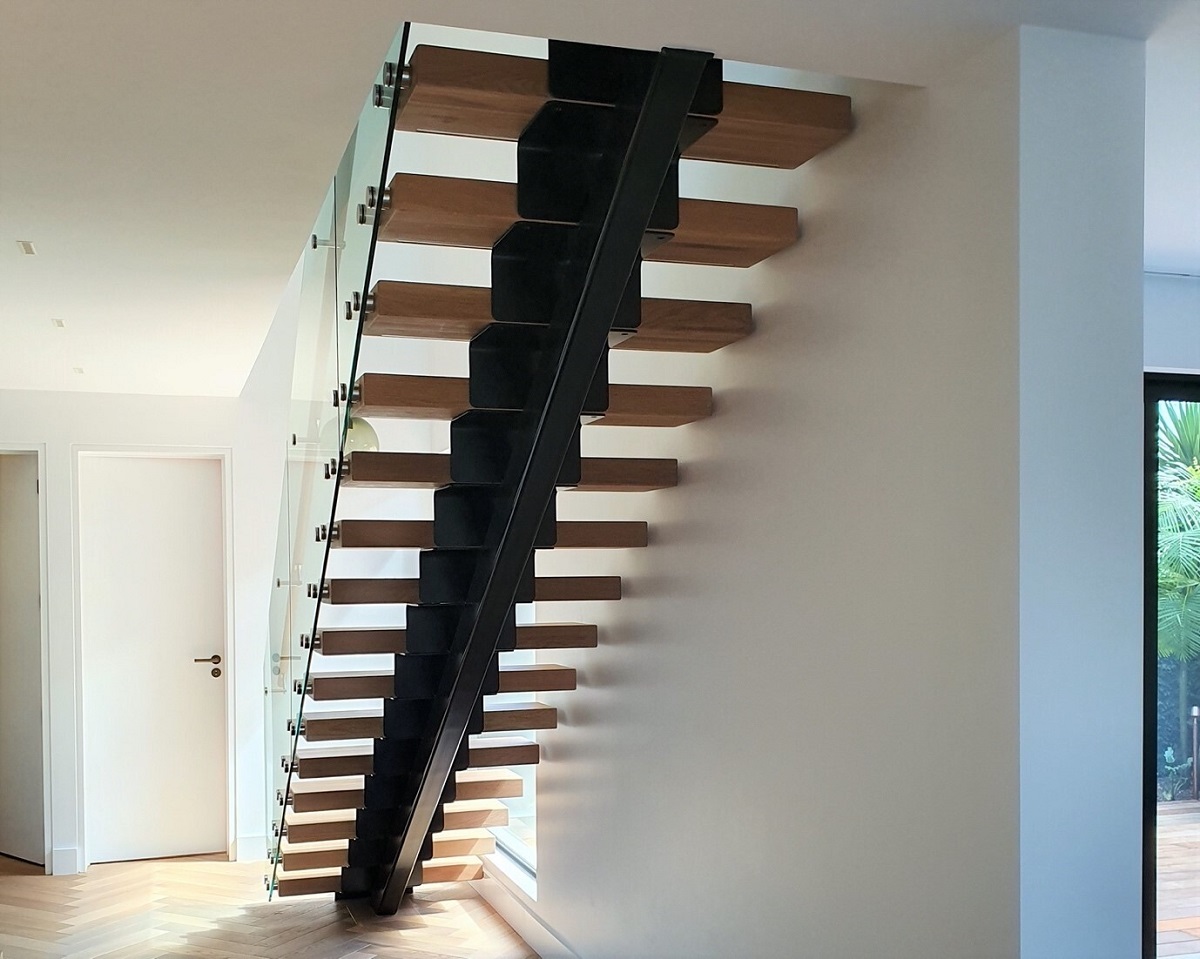
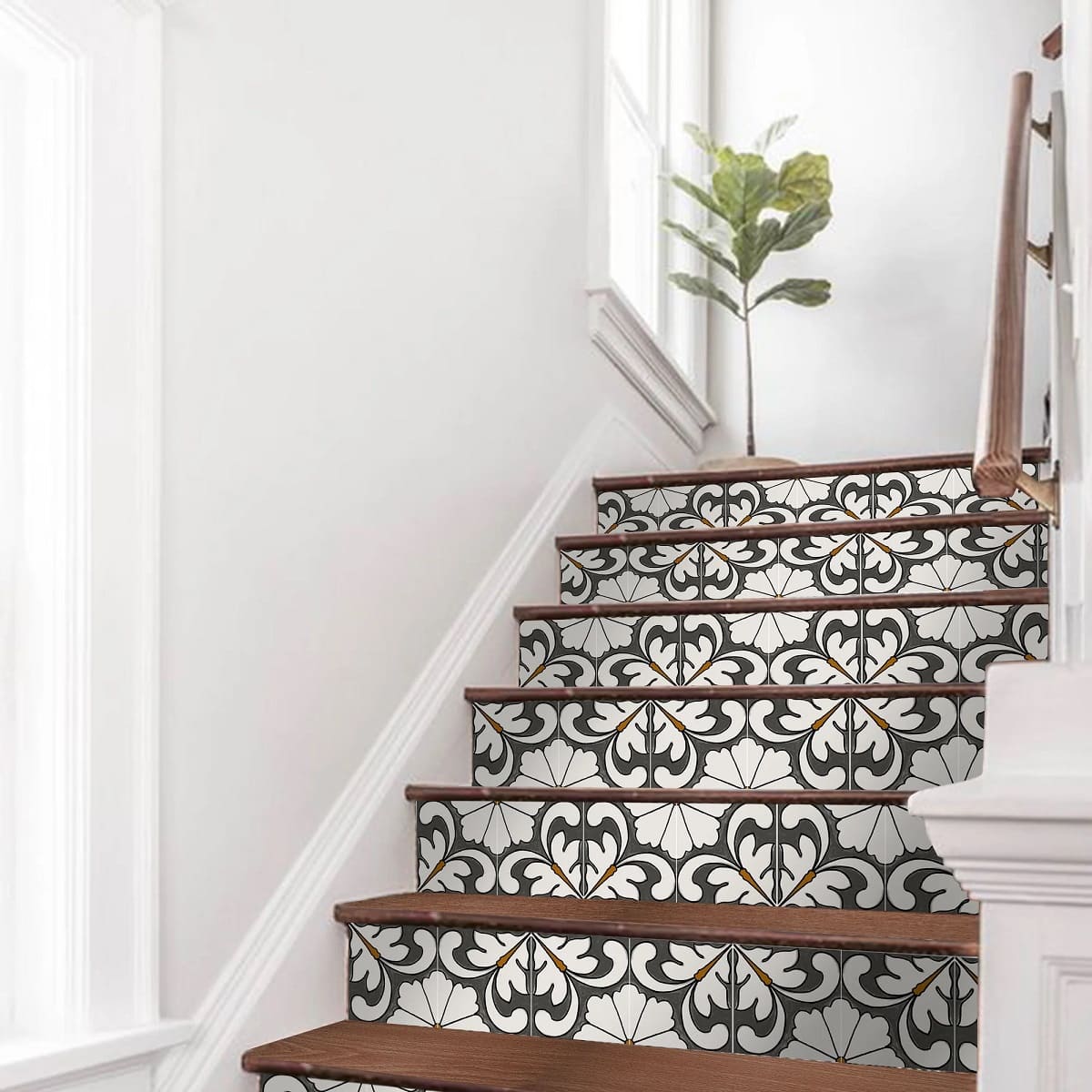

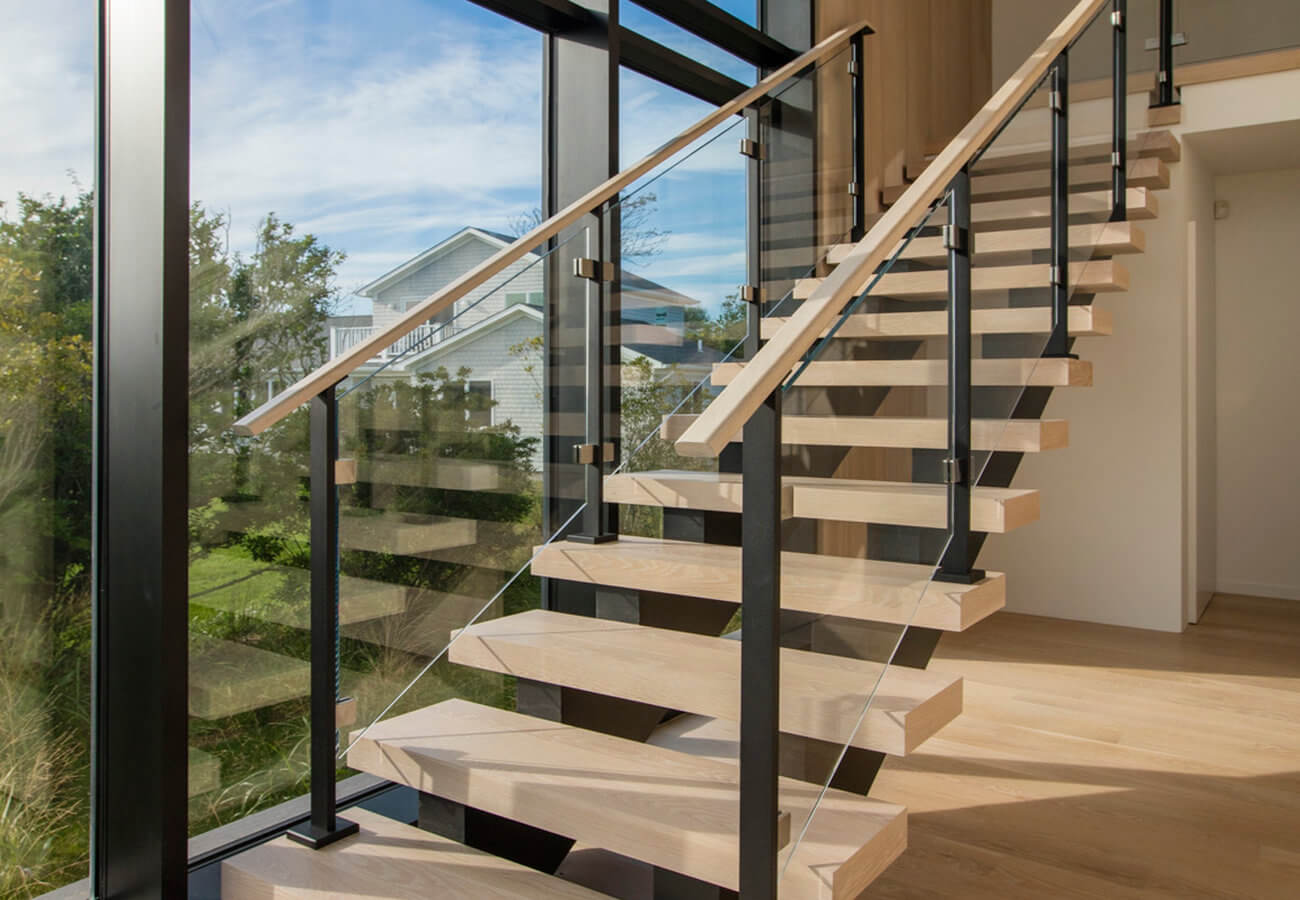
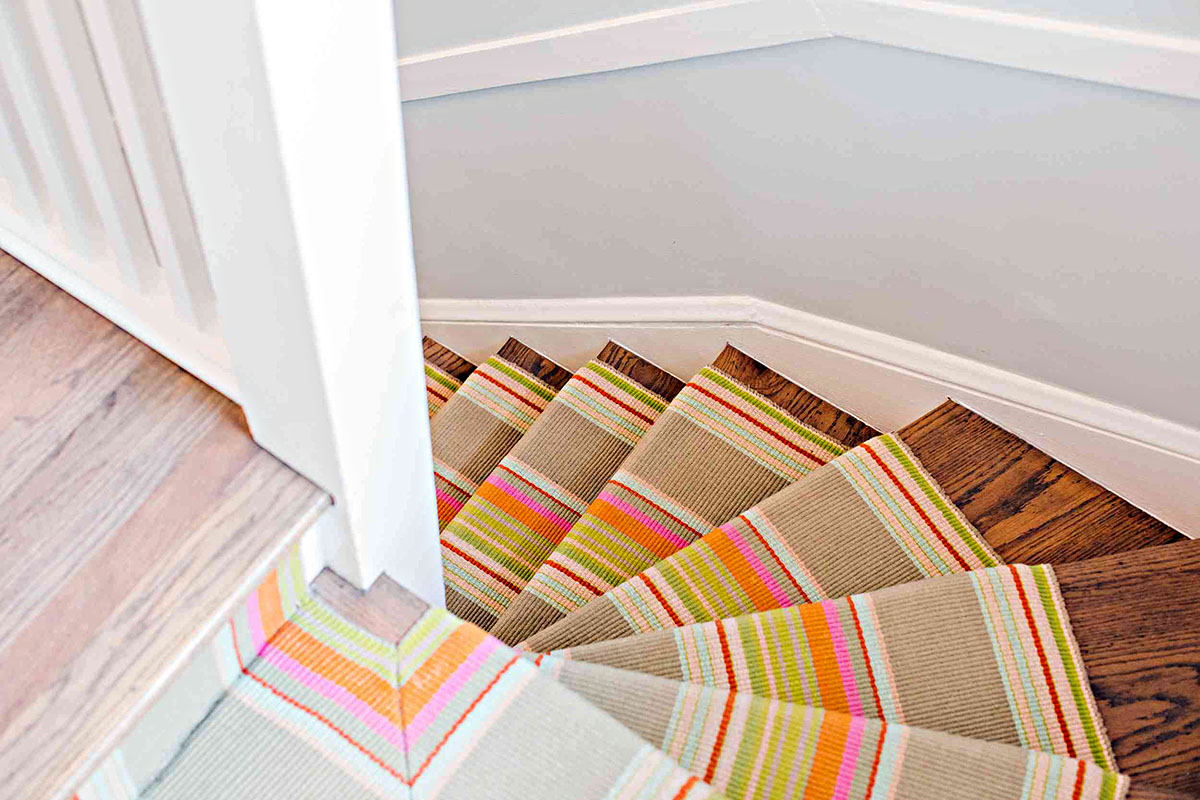
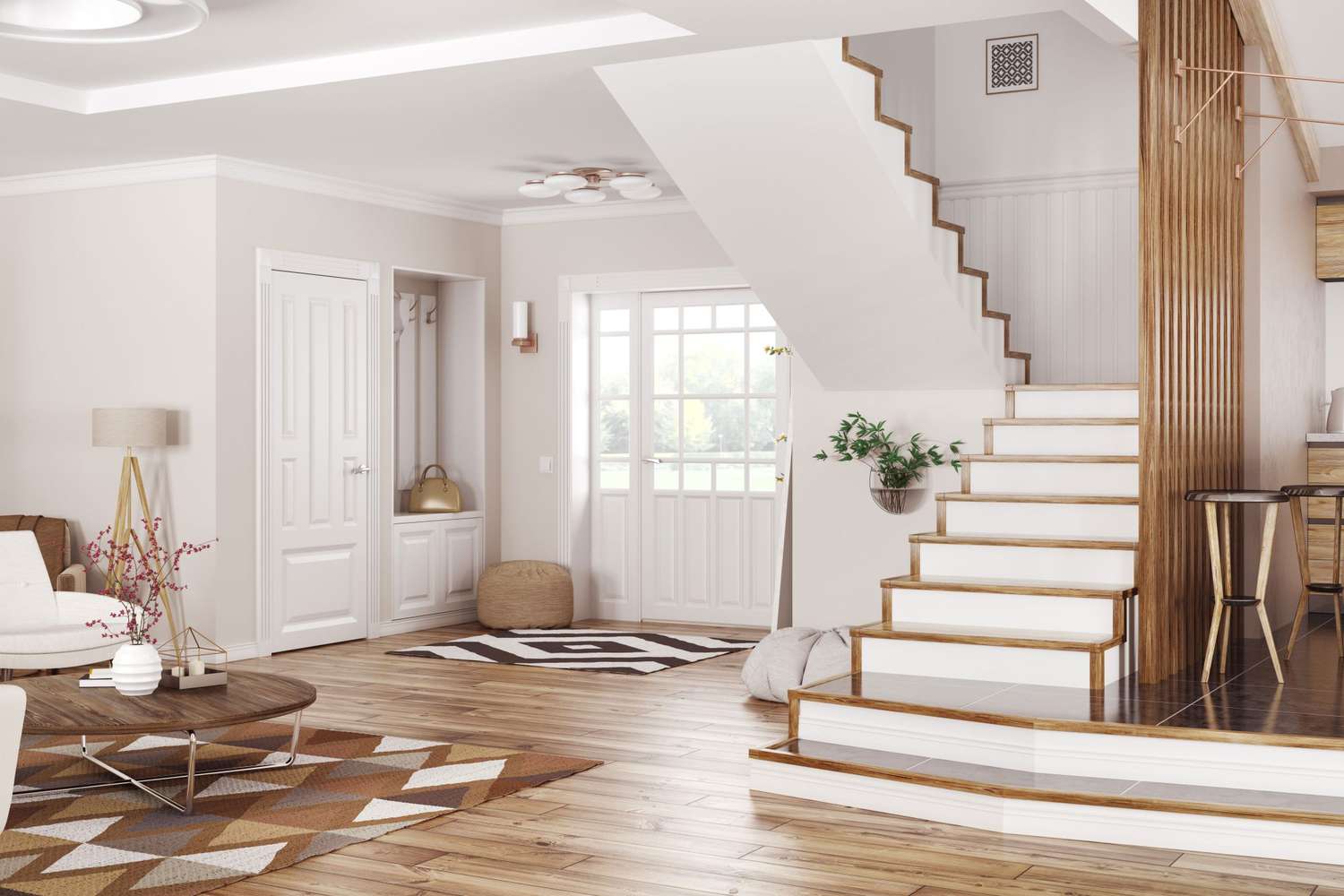
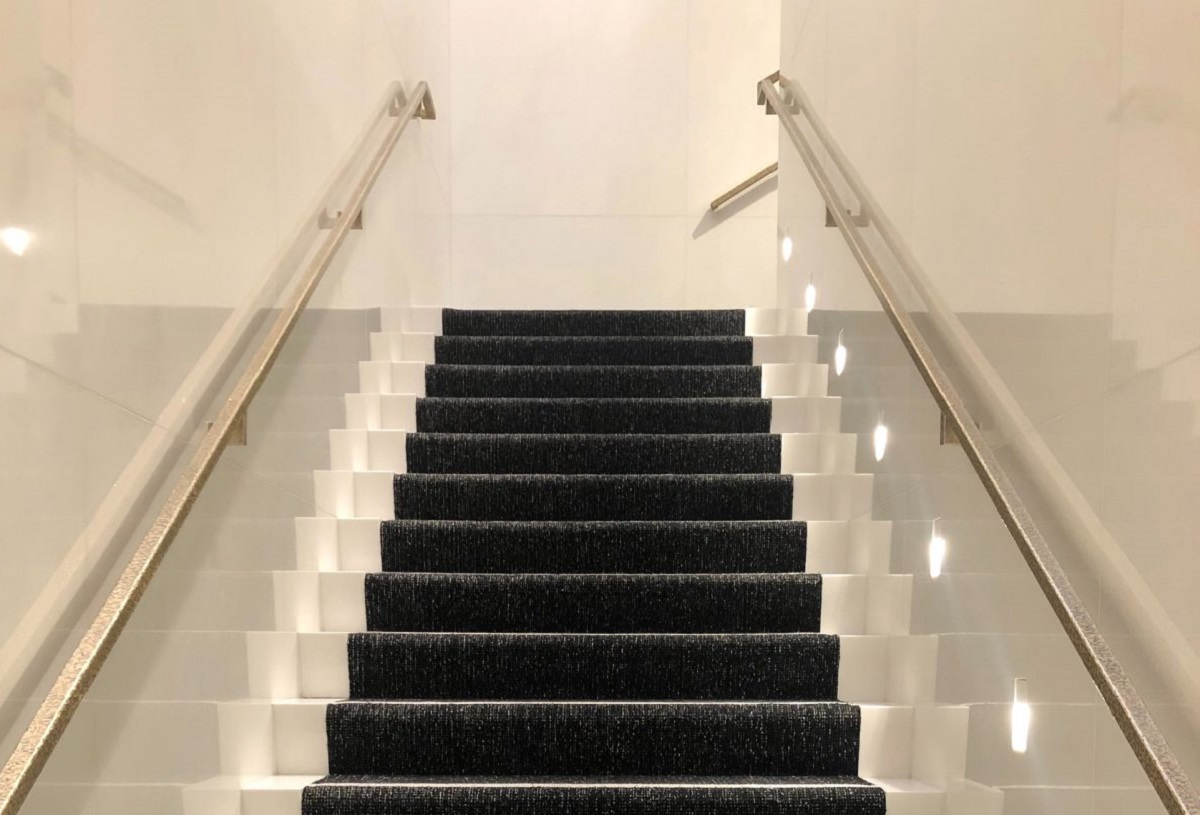

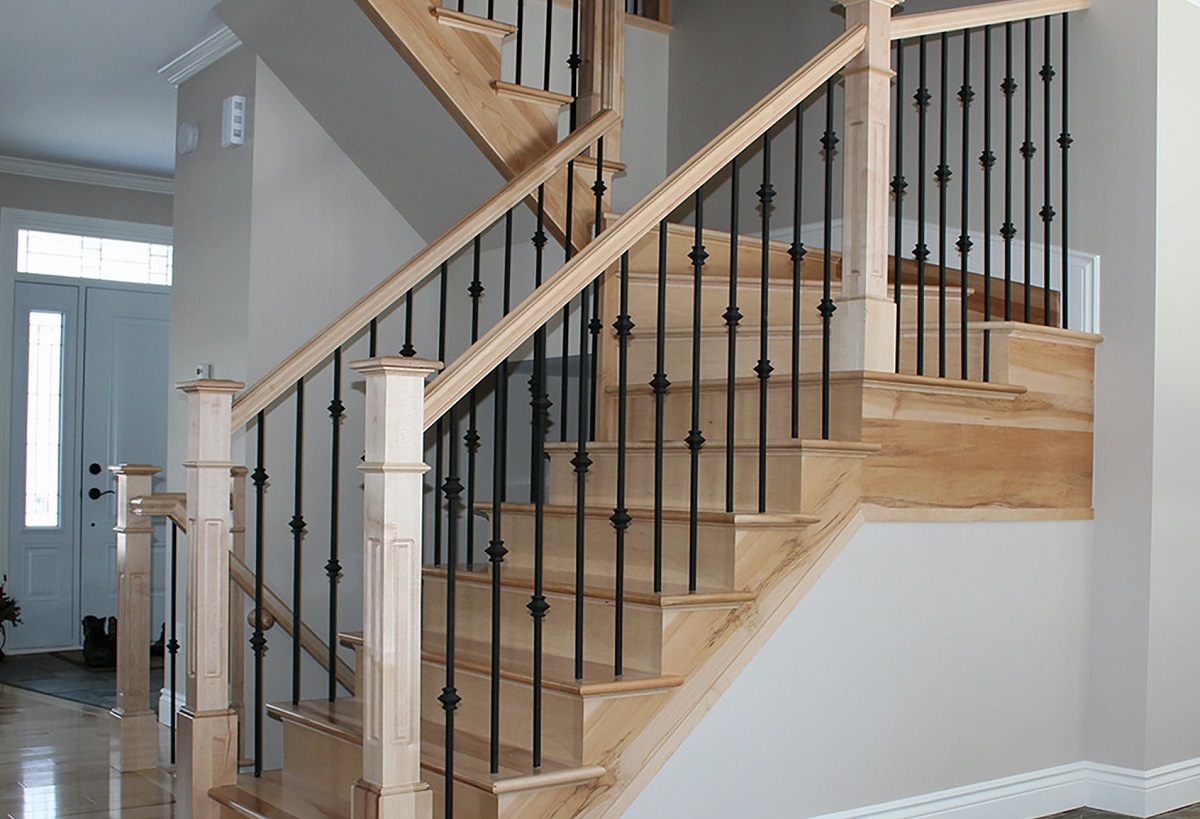
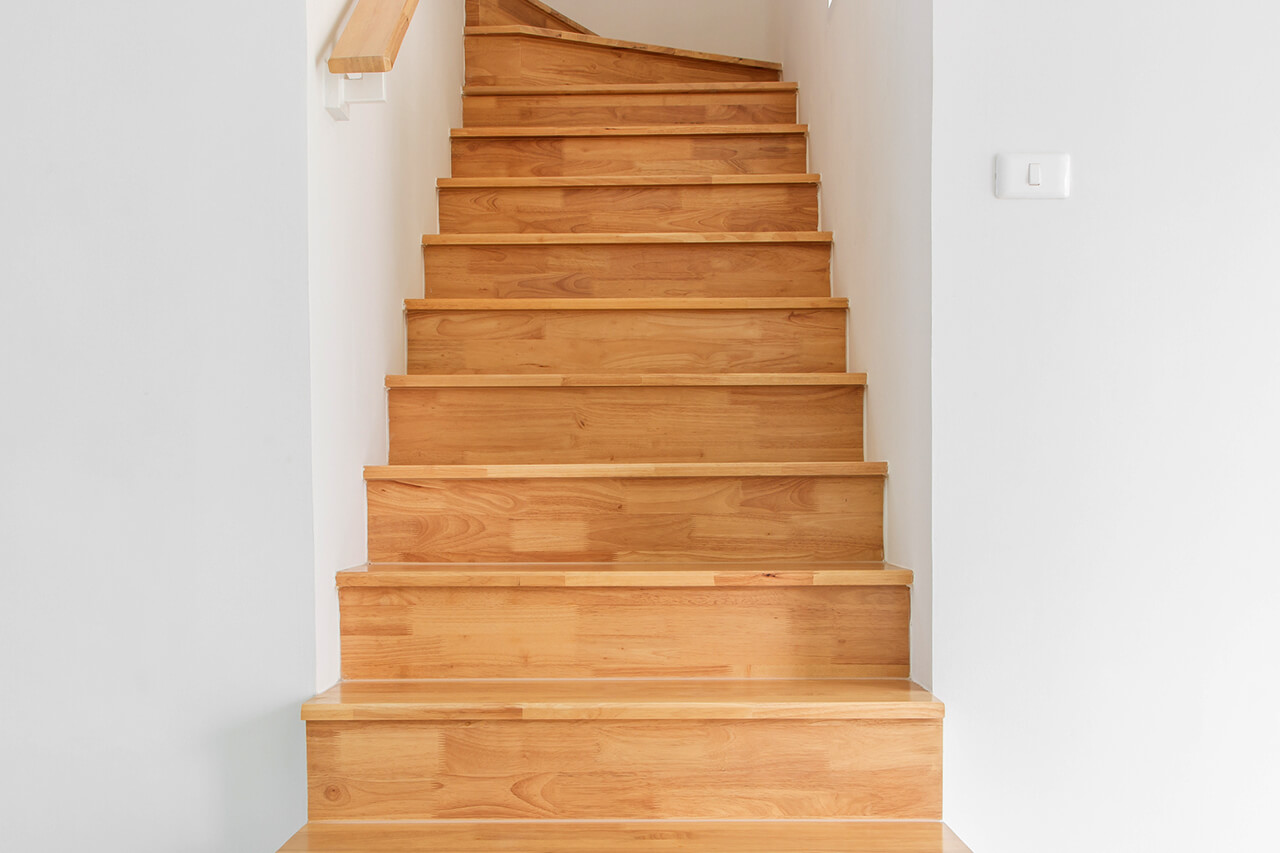
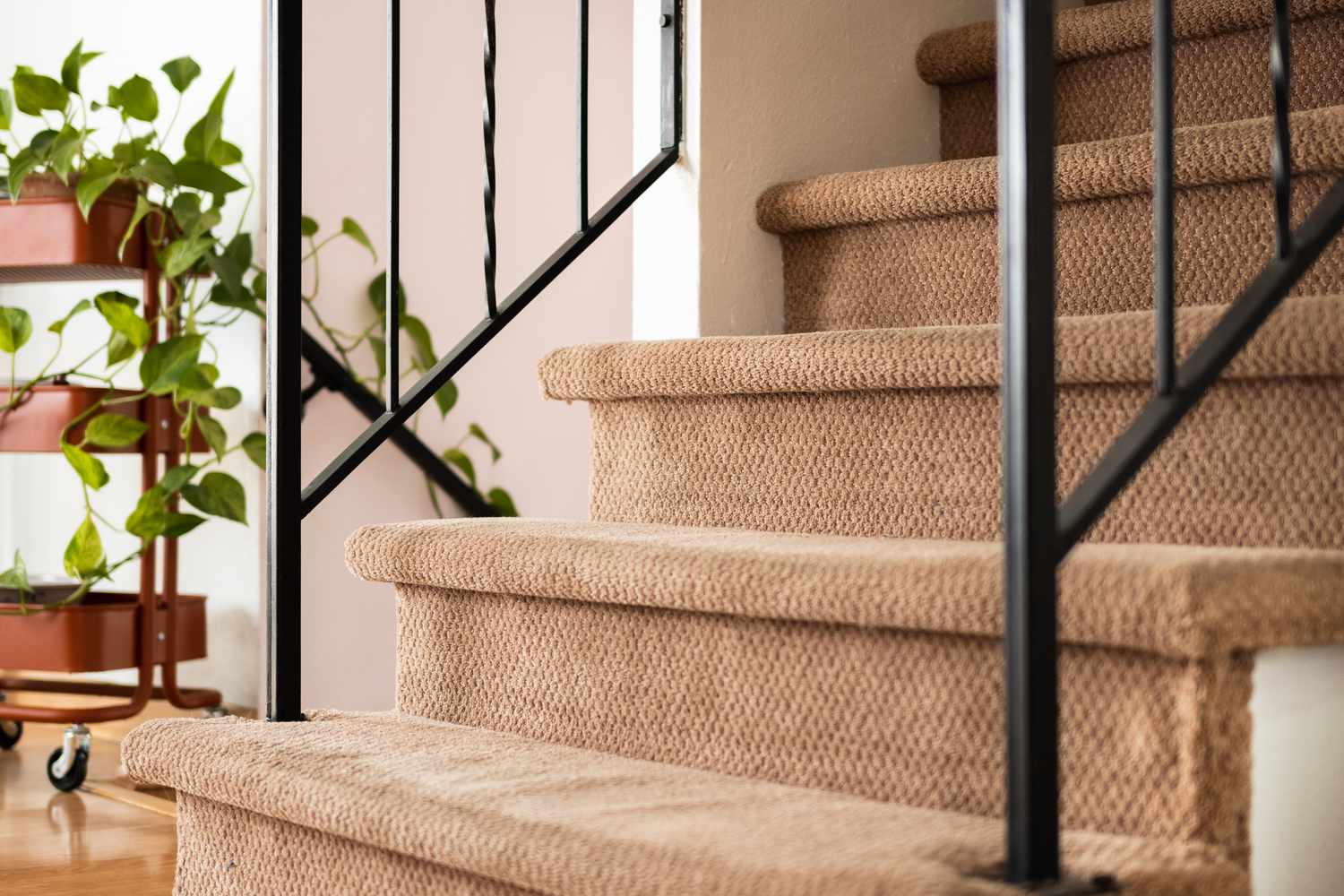
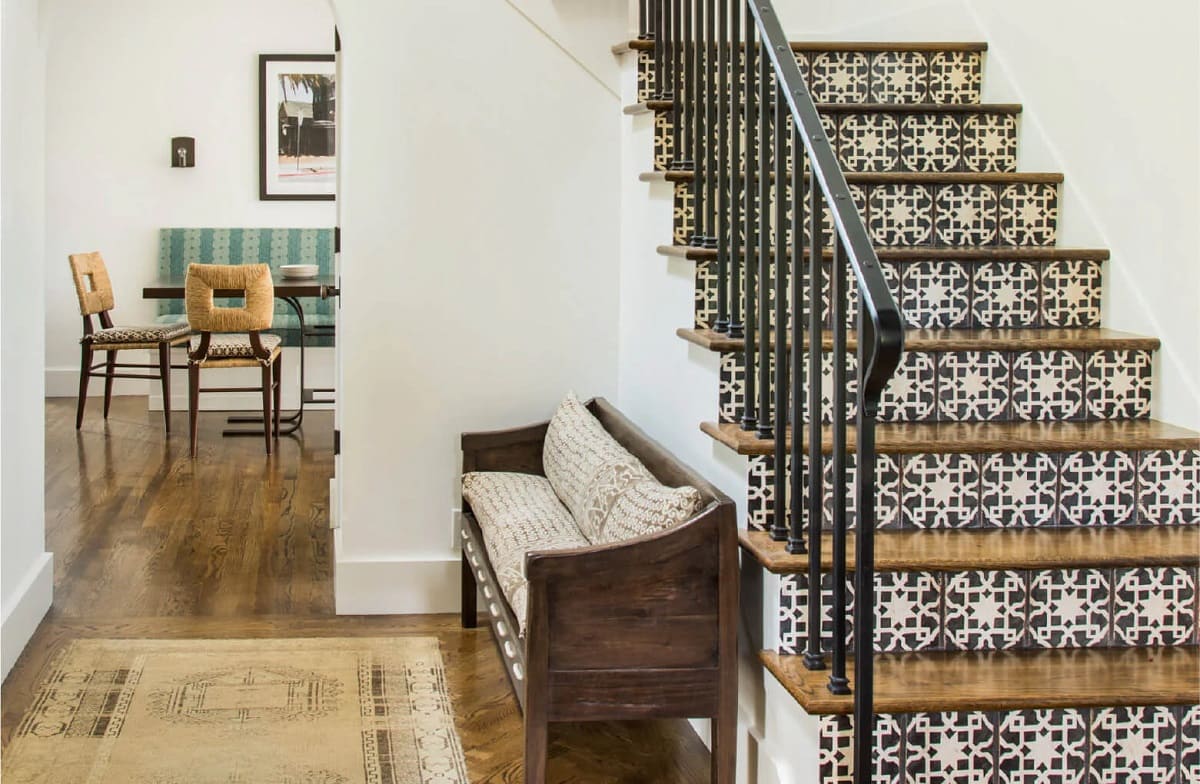

0 thoughts on “What Is Code For Stairs”